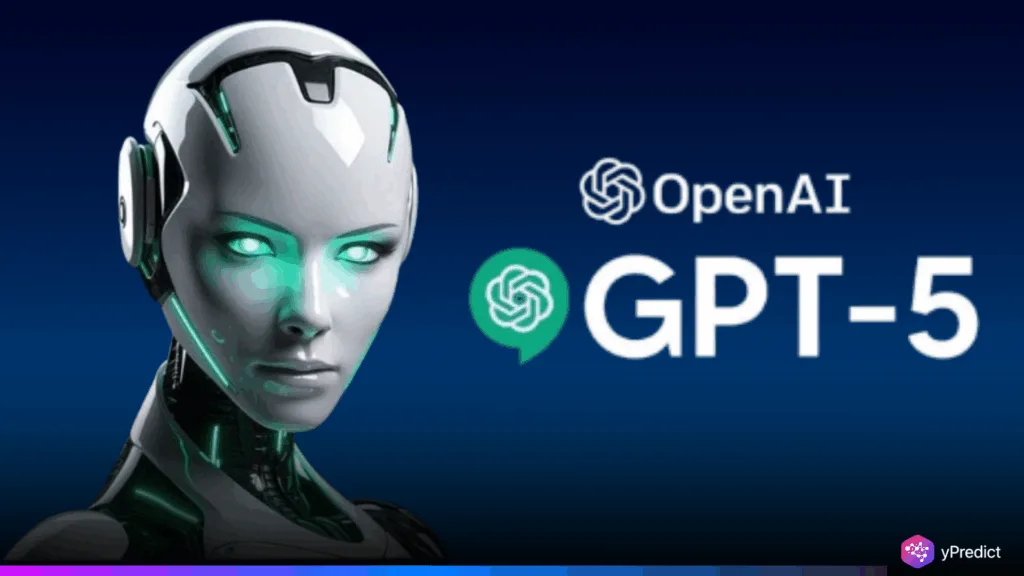
OpenAI’s next leap in artificial intelligence isn’t about bigger promises, it’s about fixing what didn’t work. The GPT-5 model will be a steady step forward, focused on improving performance in code generation, math, and AI agent reasoning. Unlike the massive shift from GPT-3 to GPT-4, this upgrade builds from painful lessons learned over the past year.
In early 2024, OpenAI poured energy into training a new large language model called Orion. It was meant to replace GPT-4. But Orion stumbled. It didn’t scale well, cost too much, and didn’t outperform GPT-4 by any meaningful margin. This forced OpenAI to rethink how it builds, trains, and refines future AI systems. What came out of that pivot is now being shaped into GPT-5.
Orion Model Failed to Scale and OpenAI Took Notes
Orion was meant to be a game-changer. Early testing showed small improvements, but those didn’t scale. OpenAI’s engineers struggled with three major issues: the lack of fresh training data, unstable reinforcement learning outcomes, and weak general performance when scaled up.
These problems came to a head when the Orion model produced results too close to GPT-4, despite rising infrastructure and training costs. In response, OpenAI quietly rebranded Orion as GPT-4.5, buying time to adjust its approach instead of launching a lackluster GPT-5.
How a Universal Verifier Reshaped Reinforcement Learning
To rebuild momentum, OpenAI introduced a universal verifier, an internal model that evaluates every output during reinforcement learning. Instead of relying on raw RLHF signals, this verifier scores outputs and ensures that only high-quality answers are reused in training.
This new step changed everything. By filtering poor answers out of the learning loop, the verifier helped feed cleaner, more consistent examples back into model development. GPT-5 will carry this design forward, using the verifier to guide responses during both training and generation.
Focus Shifted to Reasoning Models and Code Performance
Alongside the verifier, OpenAI also leaned into the so-called o-series models, engines built to reason better. They added more NVIDIA GPUs, enhanced dataset quality, and improved code generation accuracy through deeper code search and logic testing.
The results were mixed. These models got better at solving problems, especially in logic-heavy tasks. But their ability to carry on smooth, clear conversations in English dropped. That’s where GPT-5 comes in, merging both paths to deliver better code, math, and more natural chat quality.
GPT-5 Won’t Be a Leap, But It Will Be Smarter
Unlike past versions that wowed the world with creative writing and viral content, GPT-5 will focus on precision. Its mission isn’t flash, it’s function. OpenAI learned from its failures with Orion. By combining the best of the o-series, reinforcement tuning, and verifier models, GPT-5 looks to restore user trust and technical consistency.
This release may not grab headlines the way GPT-4 did, but it’s a much-needed upgrade for those who use AI tools to solve real-world problems daily. Whether you’re debugging code or resolving tricky user queries, GPT-5 will aim to make AI feel less like a guessing machine and more like a dependable assistant.






